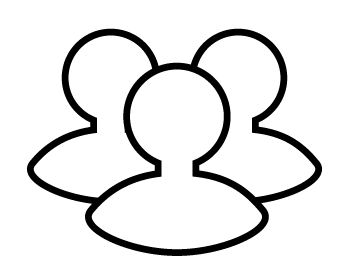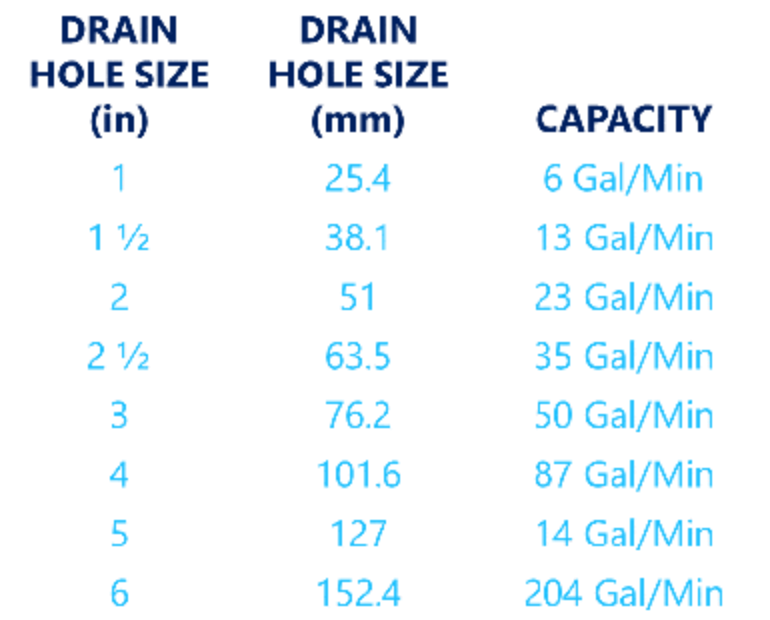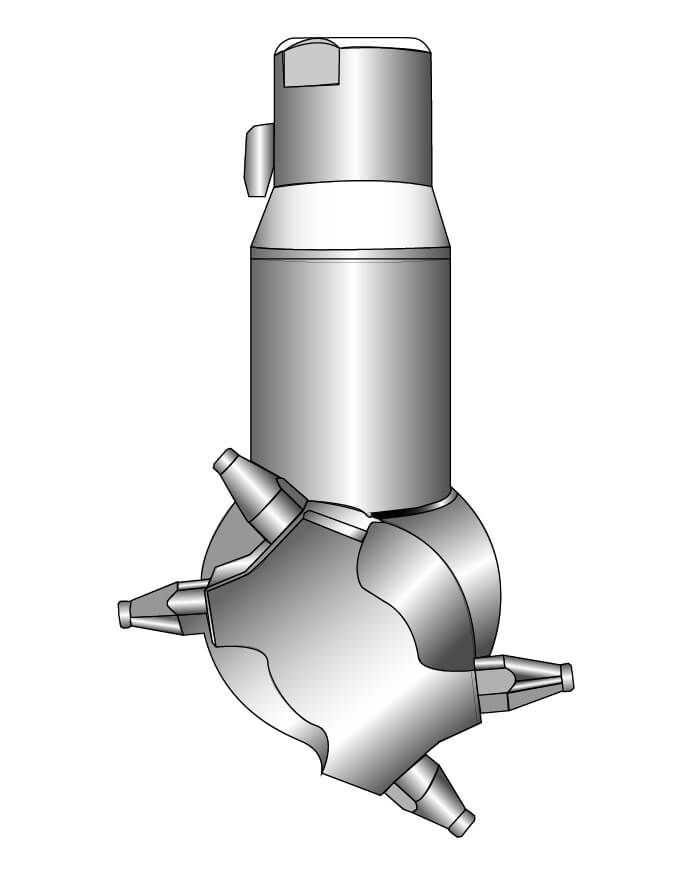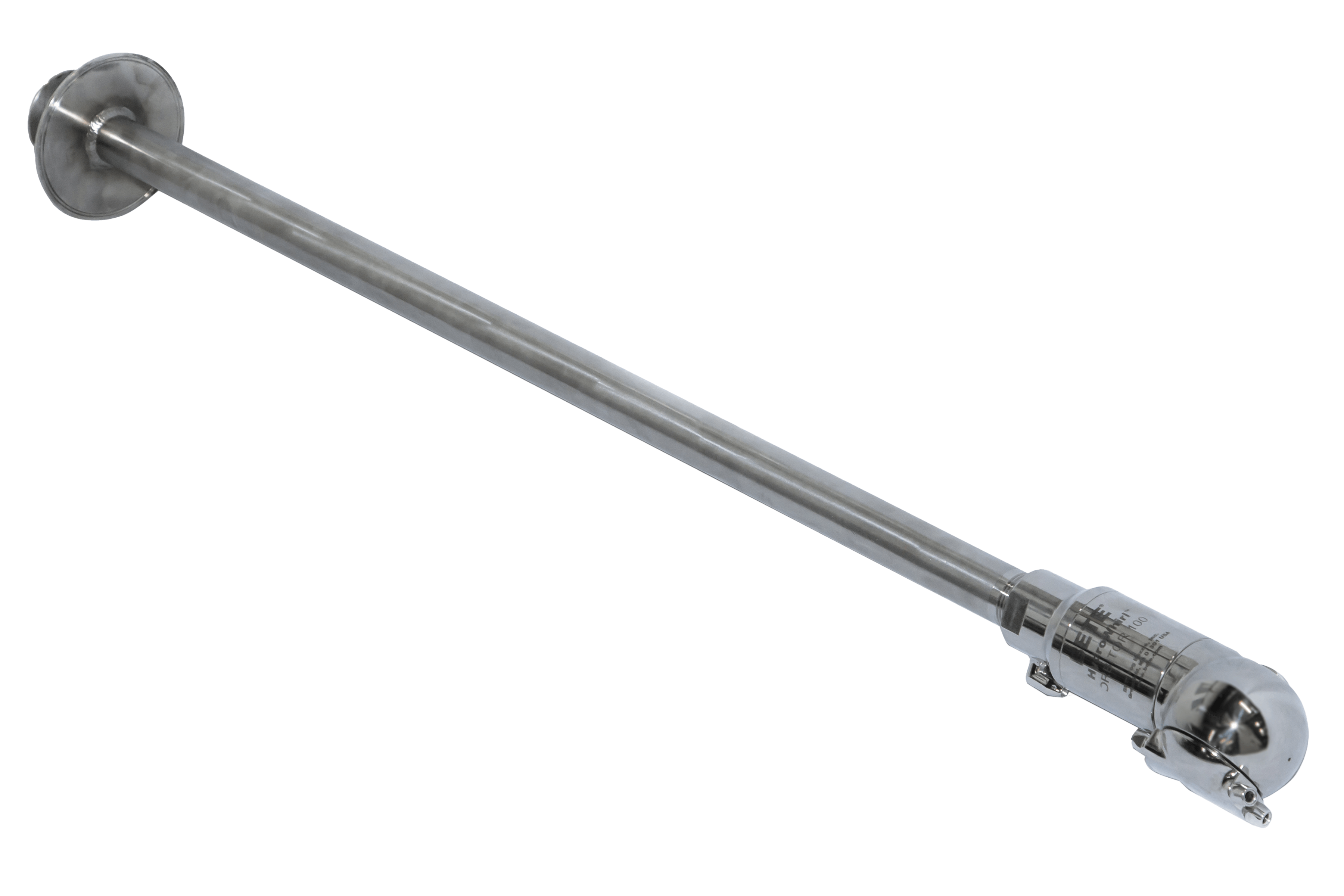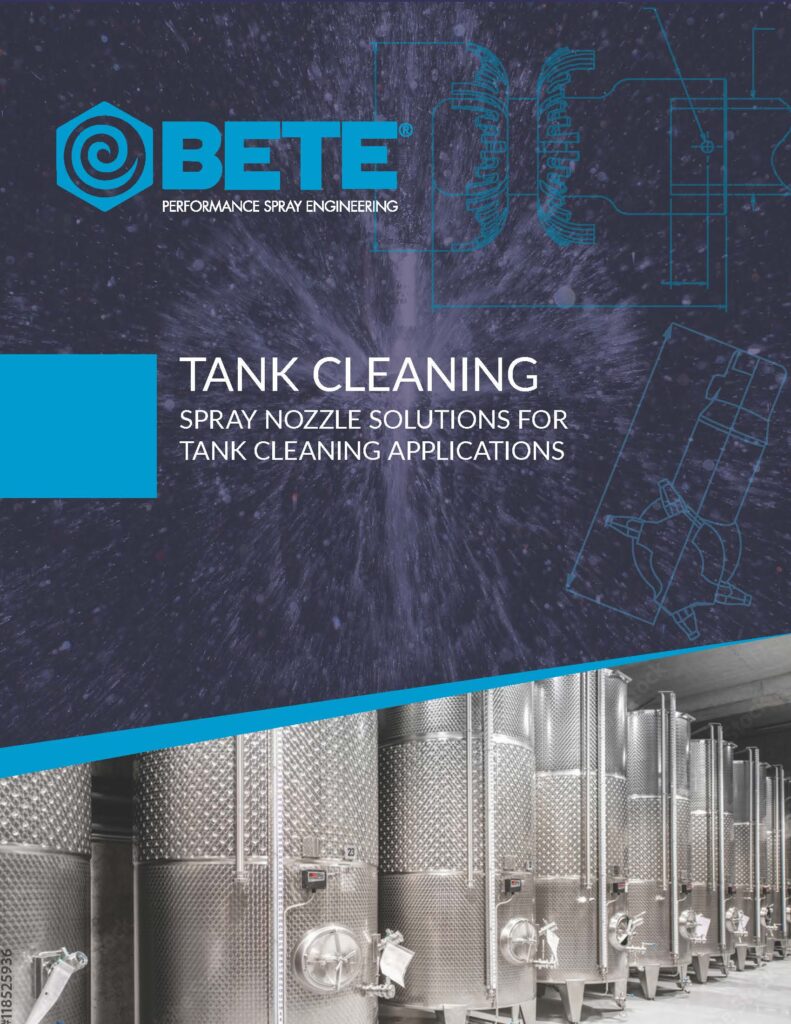有效洗舱的规划指南
There are several factors to consider for effective tank cleaning after selecting the correct cleaning nozzle. Tank size, pump capacity, and nozzle placement are just a few considerations that could affect your cleaning process. If one of these components is out of place, it could result in poor cleaning performance and wasted resources.
BETE's Planning Guide for Effective Tank Cleaning can help improve your cleaning process. Implementing these simple strategies will consume fewer resources, reducing waste to yield significant cost savings and increased productivity.
油舱清洗Guidelines
NOZZLE PLACEMENT
The nozzles should be positioned in the upper part of the tank when possible. However, nozzles placed too close to the ceiling of the tank will deflect off the curved tank ceiling, losing the cleaning impact.
Guideline for nozzle placement
(H3) Nozzle = 1/3 Overall Tank Height (H)

TANK DIAMETER SIZE
Tanks come in various sizes and shapes. Selecting the right tank cleaning device depends not only on the type of soil being cleaned but the tank diameter size is equally important. BETE offers tank cleaning nozzles designed to clean tanks up. to 65 ft. in diameter.
Our油舱清洗Applicationspage can help narrow your tank cleaning nozzle search by selecting the correct tank diameter size.
PUMP CAPACITY & SIZE
Drain Hole Size
The tank drainage by gravity rate is selected to prevent the liquid level from rising during the cleaning process. Make sure the drain can handle whatever volume of fluid is put into the tank. In some cases, a recirculating pump may be advantageous if draining is a problem. The chart below indicates the capacity of fluid that the size of the drain hole can handle.

SPRAY SHADOWS
Agitators, baffles, and pipes prevent spray from reaching the areas behind them, known as spray shadowing. In such cases, more than one nozzle should be installed inside the tank. The nozzles should be positioned for the sprays to overlap and ensure complete cleaning coverage.

Need Assistance?
BETE provides engineered solutions to clean horizontal tanks effectively

Horizontal tanks are challenging to clean if the tank cleaning nozzle installation is vertical. The spray concentration remains at the tank's center and can't thoroughly clean the tank's bulkhead. These areas will require manual cleaning, which may be hazardous for workers and result in bacteria build-up if not properly cleaned.
BETE can provide a custom-engineered mounting bracket that positions the tank cleaning nozzle horizontally inside the tank. The direction of the spray pattern changes, no longer concentrated at the center, so the spray can effectively clean the bulkheads while reducing the cycle time by 50 percent. Because of their powerful solid jet streams, we recommend rotary jet tank cleaning machines for cleaning large horizontal tanks, rail cars, and tanker trucks.
Related Tank Cleaning Solutions
Read Our Case Studies

气体冷却for Chemical Processing

Precision Coating for Food Processing





